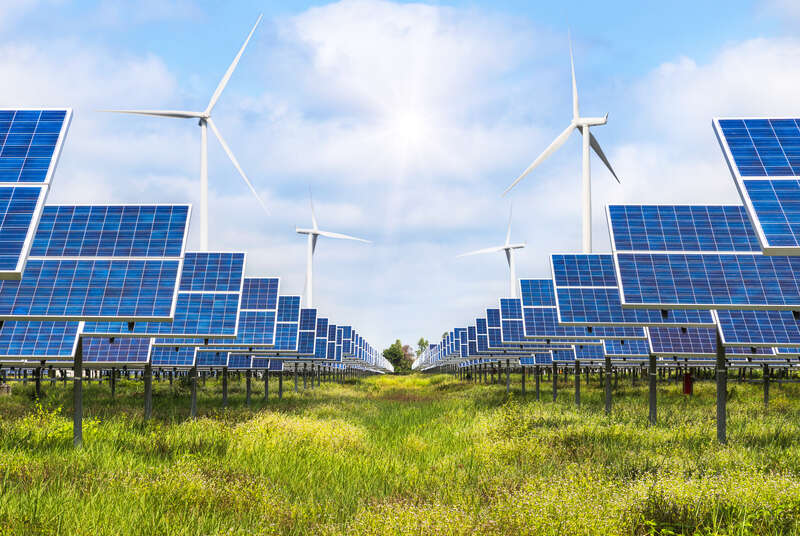California set a record again in 2024 for curtailed wind and solar energy, and likely will again in 2025. Germany and Australia both saw curtailment in 2024 too.
Curtailment of production by wind and solar on low load days, with good wind and solar weather are seeing more and more curtailment. They are also seeing lower wholesale prices during those hours.
When you examine a full year (8760 hours) none of the areas that were close to meeting demand from renewables alone every hour of the year. But curtailment was still required.
As more renewable capacity is built to meet that goal, the wholesale market prices will continue to fall, curtailment will grow, and revenue to the asset owner will continue to fall. Each new MW of solar is worth less than the last one in the market once curtailment starts.
Shifting power to nonrenewable production hours with storage is a way to both reduce curtailment and increase total revenue for an owner, but like wind and solar, the value of that storage in the market will drop as more storage is built.
In PJM for instance, Fast Frequency Following resources saw a rapid drop from $20,000 a MWH to $200 per MWH as more storage was commissioned. Most purpose-built storage for that market niche are offline today, and likely will not be turned back on.
This means owners face the real possibility of making less money with each additional resource they build. Dealing with higher curtailment, lower market prices and fewer sold megawatt-hours.
One suggestion is to pay owners for every megawatt-hour they could have produced, raising the overall cost of power to the end user. Another is to set an annual support level for generation (like production costs that existed prior to markets). A third option is to just let the market settle the issue, and if facilities are not built or shut down, so be it (this has the downside of not having enough power).
No matter which option you pick, curtailment is going to grow.
Once again there is no clear PLAN for what to do and how to keep the lights on.










